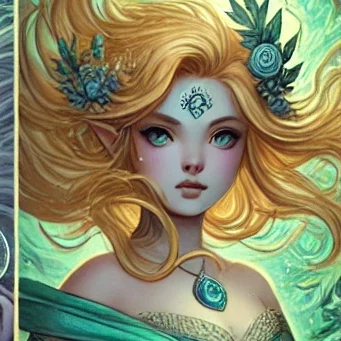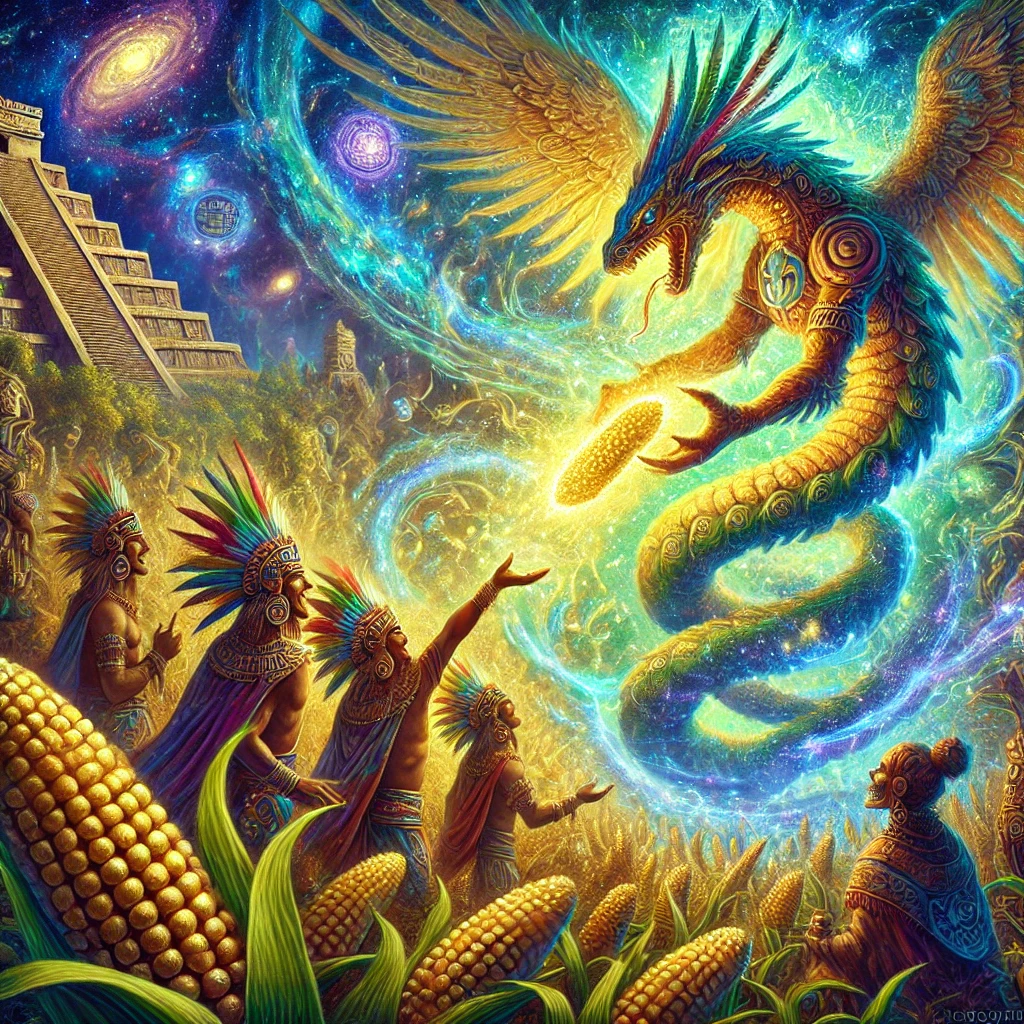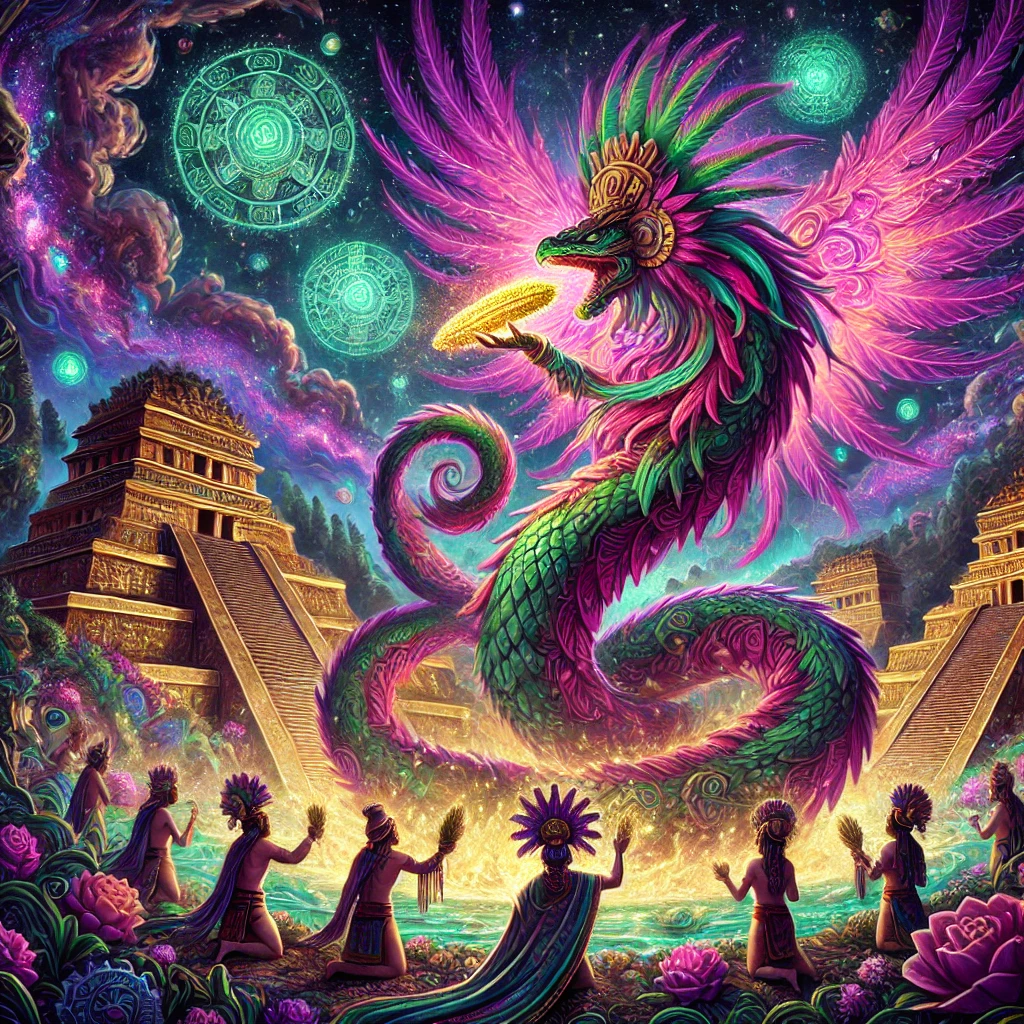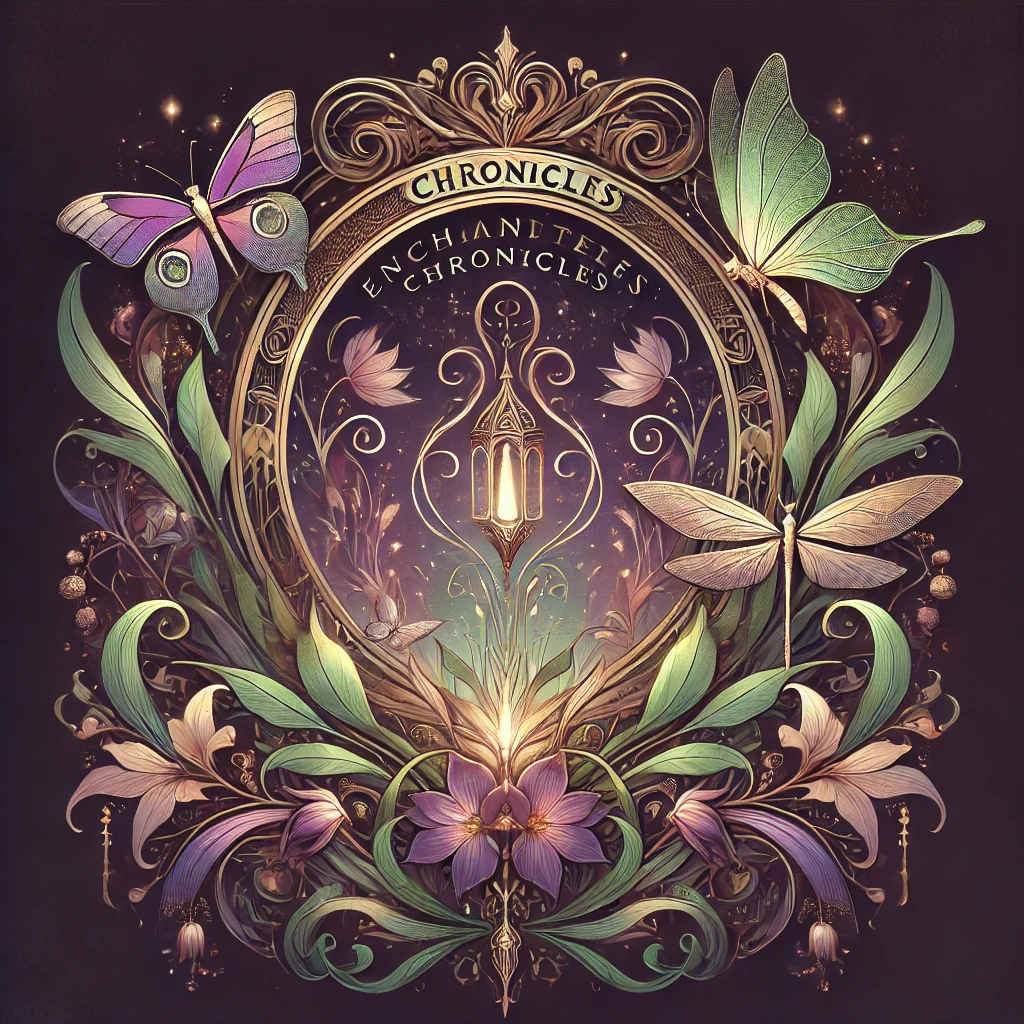How Quetzalcoatl, the feathered serpent Brought Corn to Humanity
Among the many myths of the Aztec civilization, few are as vital to human survival and cultural identity as the legend of Centeotl, the maize god. This ancient tale tells of how Quetzalcoatl, the feathered serpent god, bestowed the sacred gift of maize upon humankind, forever transforming the way civilizations lived and thrived. More than just a story, this legend speaks to the profound relationship between the Aztecs and their staple crop, a connection that endures today in Mexican cuisine, traditions, and festivals. Let’s dive into the origins, history, and modern-day significance of this powerful myth.
The Legend: How Quetzalcoatl Brought Maize to the People
In the time of the ancient gods, humans struggled to survive, relying only on wild roots and game. The gods had stored the maize, the most precious of all crops, inside a secret mountain, unreachable to humankind. Seeing their suffering, Quetzalcoatl vowed to bring maize to the people.
Disguising himself as a humble ant, he journeyed to the sacred mountain, where the maize was hidden. With great effort, he carried a single grain back to the people, showing them how to plant, cultivate, and harvest it. From that moment on, maize became the foundation of civilization, nourishing the Aztecs and their descendants for generations.
But maize was more than just food. Centeotl, the god of maize, was deeply revered, with offerings and ceremonies dedicated to ensuring bountiful harvests. The tale of Quetzalcoatl’s sacrifice in bringing maize to the people became central to Aztec mythology, reinforcing the idea that crops were divine gifts meant to be honored and protected.
Historical and Social Context
In pre-Columbian Mesoamerica, maize was more than just a staple food—it was the foundation of society. The Aztecs, Mayans, and Olmecs all cultivated maize, using it in everything from tortillas to tamales. More than sustenance, maize played a role in religious ceremonies, art, and even the Aztec calendar, where agricultural cycles dictated important rituals.
The social structure of Aztec civilization revolved around agriculture, with entire communities working together to plant and harvest maize. The story of Centeotl and Quetzalcoatl was not just mythology but a reflection of everyday life—an explanation for why maize was sacred and why its cultivation required divine respect.
From Oral Tradition to Written History
Like most Mesoamerican myths, the legend of Centeotl and the divine gift of maize was first passed down through oral tradition, shared by elders, priests, and poets. It was depicted in codices, murals, and stone carvings, ensuring that future generations would remember the sacred origins of maize.
After the Spanish conquest, many indigenous stories were written down by missionaries and scholars. Though much was lost due to colonial suppression, fragments of the legend survived in texts like the Florentine Codex, compiled by Bernardino de Sahagún, which recorded Aztec myths and customs. Today, the legend continues to be studied and preserved as part of Mexico’s rich cultural heritage.
The Legend’s Role in Folklore and Cultural Identity
Over time, the story of Centeotl and Quetzalcoatl evolved into a fundamental part of Mexican folklore. Festivals, prayers, and agricultural rituals still reflect the reverence that ancient civilizations had for maize. In many rural communities, offerings are still made to the land before planting season, a tradition rooted in the belief that crops are divine gifts.
Maize is also deeply woven into Mexican identity. The very phrase “Somos de maíz” (We are made of maize) reflects the idea that corn is not just food—it is the essence of the people.
Modern Celebrations and Traditions: Festivals and Rituals
The Día de Centeotl, celebrated in some indigenous communities, honors the maize god with dances, feasts, and offerings. The Guelaguetza Festival in Oaxaca also pays tribute to Centeotl, with a chosen woman symbolizing the goddess during elaborate ceremonies.
Culinary Traditions
Mexican cuisine, recognized as a UNESCO Intangible Cultural Heritage, revolves around maize-based foods such as tortillas, tamales, pozole, and atole. Even today, preparing and eating maize-based dishes carries a deep sense of tradition and history.
Tourism and Cultural Education
Many archaeological sites, such as Teotihuacan and Tenochtitlán, feature imagery of Centeotl and maize cultivation, attracting thousands of visitors eager to learn about Aztec mythology. Museums and cultural centers also host exhibits on the sacred role of maize, ensuring that new generations remain connected to their heritage.
The Legend’s Lasting Impact
The story of Centeotl and Quetzalcoatl’s gift of maize remains an enduring part of Mesoamerican culture. Whether through religious ceremonies, traditional cuisine, or artistic expressions, the legend continues to shape the way maize is viewed—not just as food, but as a sacred bond between the gods and humanity.
One last word
The legend of Centeotl is far more than a simple myth—it is a story of survival, devotion, and cultural identity. From ancient Aztec rituals to modern-day celebrations, the legacy of maize as a divine gift endures, uniting past and present through a shared respect for this sacred crop. Next time you enjoy a warm tortilla or a bowl of tamales, remember the journey of Quetzalcoatl and the legend that continues to feed generations.




